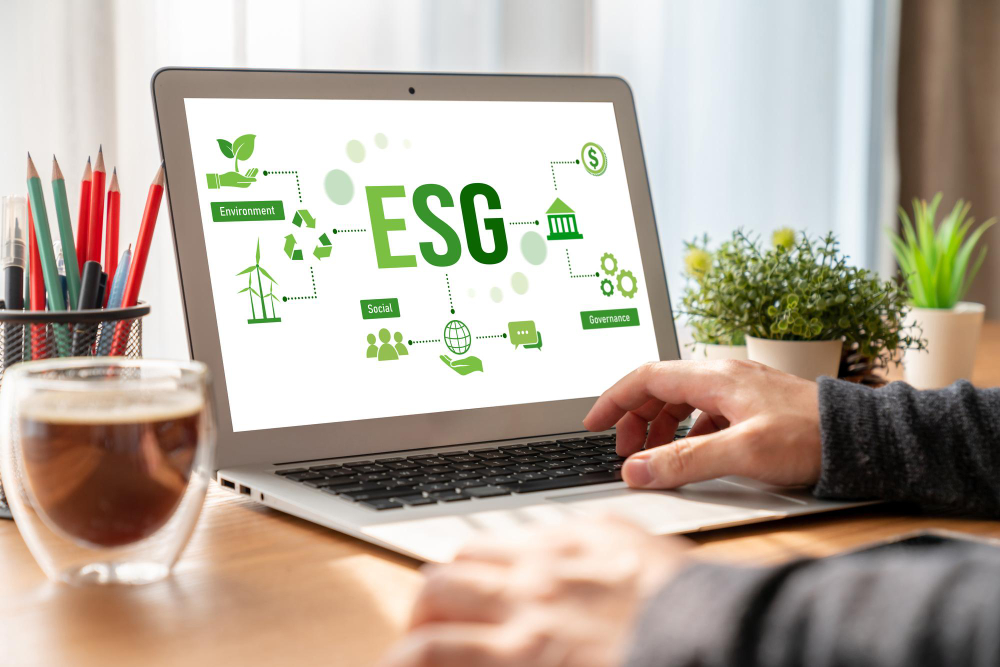Sustainability has evolved into a critical component of business responsibility, beyond compliance. Organizations that see sustainability as just a checkbox exercise, miss out on the various strategic opportunities it presents. Beyond achieving business profitability and resilience, companies may provide benefits to all stakeholders, including customers, employees, investors, and society at large, by integrating sustainability programs with overall company objectives.
The Growing Importance of Sustainability to Strategic Acquirers
In business, sustainability means incorporating environmental, social, and economic factors into organizational processes and day-to-day operations. The goal is to meet today’s requirements without denting the future generations’ ability to meet their own. It is about acknowledging that the world has a finite quantity of resources on which society relies-whether it is raw materials for life-saving pharmaceuticals or pure water for beverage production. Recognizing and appreciating the environment, social, and governance aspects is an essential component of reducing and actively attempting to have a positive impact.
In general, there are three main components for corporate sustainability:
- Economic sustainability: This component focuses on the long-term viability of economic activity, assuring profitability while adhering to ethical corporate standards and contributing to society.
- Environmental sustainability: Businesses that are committed to environmental sustainability work to promote healthy ecosystems, reduce finite resource and raw material use, waste output, and greenhouse gas emissions.
- Social sustainability is concerned with creating equitable and inclusive workplaces, supporting local communities and Indigenous Peoples, and protecting human rights across the supply chain. Fair work practices, diversity and inclusion efforts, and community engagement projects are among the activities.

Why Sustainability Sells: What do Strategic Buyers Want?
Strategic acquirers, as opposed to finance buyers who are more concerned with Internal Rate of Return (IRR). Companies that have integrated sustainability into their core operations provide strategic buyers with numerous benefits, including stronger brand alignment with changing consumer expectations, increased operational efficiency through resource optimization, greater stakeholder trust and talent retention, lower regulatory and reputational risks, and better preparedness for emerging ESG disclosure requirements. In industries like consumer products, manufacturing, and energy, where environmental and social implications are inextricably linked to market success, sustainability is a major difference during exit talks.
Sustainability has become an essential component of doing business for acquirers. 90% of enterprises are investing in ESG programs, mostly to safeguard and increase the company’s value. This means, thought leaders and top level executives must take a more active role in defining, presenting, and controlling how ESG impact is, since how sustainability activities are viewed by consumers, investors, and workers can have a greater impact on firm value than the actual results produced.
To create an ESG-centered exit strategy that truly resonates with strategic buyers, sellers must go beyond showcasing individual green initiatives and instead present a unified narrative that directly links sustainability to long-term value creation and real impact created. This entails proving how ESG is integrated into the company’s fundamental strategy, where sustainability efforts are incorporated into day-to-day operations and represented in key performance indicators alongside traditional financial measurements. It is also necessary to quantify the impact of these activities through quantifiable, data-backed KPIs, such as carbon reductions, workforce diversity, supply chain traceability, or energy efficiency advantages.
Furthermore, the exit strategy should illustrate how sustainability has acted as a market differentiator—driving consumer loyalty, expanding market access, or enabling premium pricing strategies—with supporting evidence such as testimonials or brand sentiment data. The sellers should demonstrate cultural alignment with the potential buyer by portraying ESG as a shared strategic value that integrates smoothly into the buyer’s long-term goal rather than a tactical advantage.
Unlocking Strategic Value Through Sustainability
Sustainability-driven exit narratives are not about greenwashing; rather, they are about publicly showcasing how ESG activities contribute to profitability, resilience, and alignment with a buyer’s goal. As strategic purchasers become more sophisticated in ESG review, the companies that integrate sustainability into their DNA and clearly describe how it has driven development will succeed. In today’s business environment, a well-crafted ESG narrative is not only persuasive, but also necessary.
Integrating sustainability into a business needs a 360-degree view of the company’s operational linkages to people and the environment. This approach frequently results in a substantive conversation about overlooked risks, operational inefficiencies, and bigger business realities that may have an impact on the company’s future performance. Obtaining this level of expertise may require a large investment on the part of many businesses. This could include developing new data collection methods, improving data sharing with suppliers and customers, creating a data quality assurance procedure, and establishing internal governance to monitor the firm’s progress against stated goals and identified risks.
NeoImpact revolutionizes sustainability-led branding and communication for individual firms and corporates by crafting compelling narratives that showcase ESG endeavours that resonate with stakeholders. The leadership team at NeoImpact innovates beyond standard reports by devising effective communication strategies by leveraging diverse channels including video and social media for broader reach.


